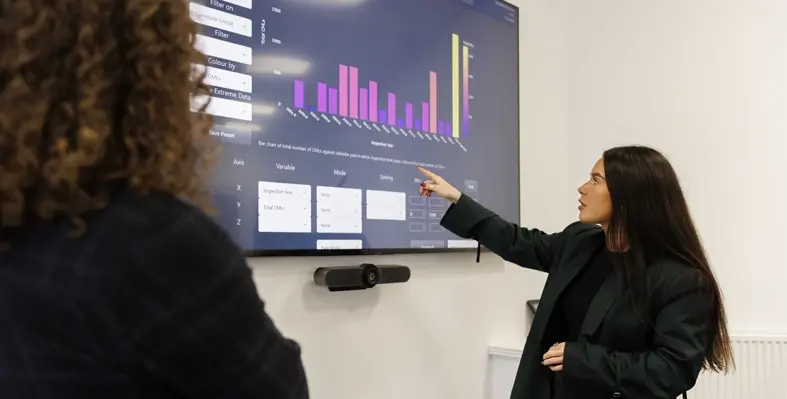
 Imrandd has delivered advanced inspection data analytics and integrity service for a major upstream operator in Australia, expanding its global footprint
Imrandd has delivered advanced inspection data analytics and integrity service for a major upstream operator in Australia, expanding its global footprint
The work determined the future condition of a caisson on an offshore asset, reliably confirming its integrity until cessation of the production facility. The project holds marked significance in saving operational costs as it eliminated the need for a very expensive caisson replacement project.
For the Australian E&P business, Imrandd’s team of data scientists and engineers used their propriety technologies to collate and condition data sets from two existing ultrasonic corrosion mapping inspections conducted several years apart. Rather than using the conventional industry approach where uniform corrosion rates are assumed, the company utilised advanced corrosion growth models that account for changes in both corrosion extent and depth, with statistical analysis of the thickness variations between inspections providing the basis for more representative future condition estimates.
Imrandd CEO Innes Auchterlonie said, “We are thrilled with the results of our first project in Australia, which demonstrates our ability to deliver high value asset integrity analysis and recommendations that allow our clients to make informed decisions that count. Our blend of advanced technologies and experienced specialists deliver actionable insights, arming our customers with the right information to reduce operational costs, enhance integrity and extend the life of assets.
“By highlighting issues before they become critical, operator’s integrity management strategies can evolve from reactive to proactive. As the energy transition ramps up, this approach is not just applicable to oil and gas assets but any sector with safety critical equipment and infrastructure.”
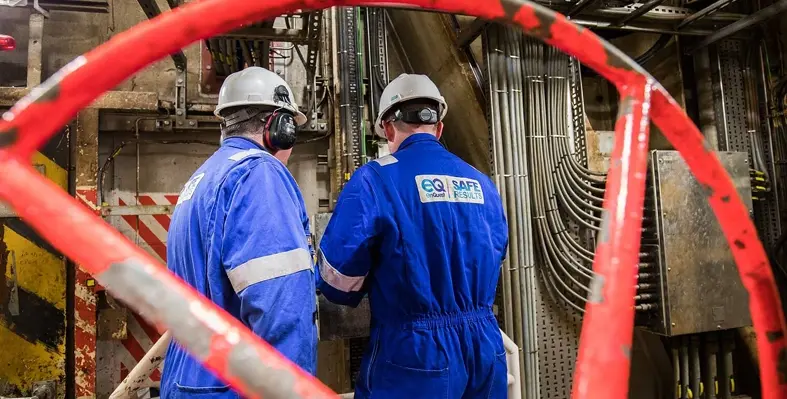

The Greater Kittiwake Area joint venture has appointed EnQuest to continue as GKA operator for the full decommissioning scope, with Shell transferring its decommissioning management role to EnQuest.
Shell had retained operator responsibility for decommissioning the Kittiwake platform and the Mallard field, a subsea tie-back to the Kittiwake platform, when it divested the GKA fields.
EnQuest is delivering on its strategic objective to be the preferred decommissioning operator in the North Sea. The company has demonstrated exceptional decommissioning operator performance through execution of complex decommissioning projects, including the removal of the EnQuest Producer and Northern Producer facilities and the ongoing and extensive well plug and abandonment (P&A) scopes at the Thistle and Heather fields at 40% below benchmark costs. It is on track to complete the P&A of 77 wells, which represents 60% of the EnQuest operated suspended and shut-in wells, within 5 years of cessation of production.
John Allan, EnQuest Decommissioning Director, said, “This is a great vote of confidence in EnQuest by our GKA partners Shell and Dana. It reflects our strong track record of safe, efficient and successful execution of complex decommissioning scopes which is an important part of our company growth strategy.“
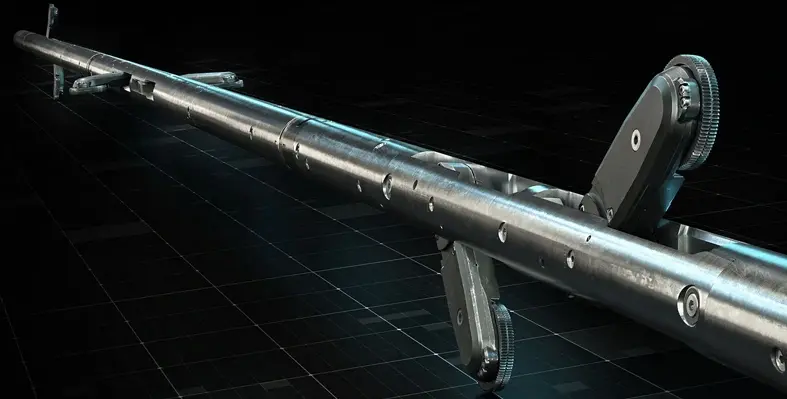
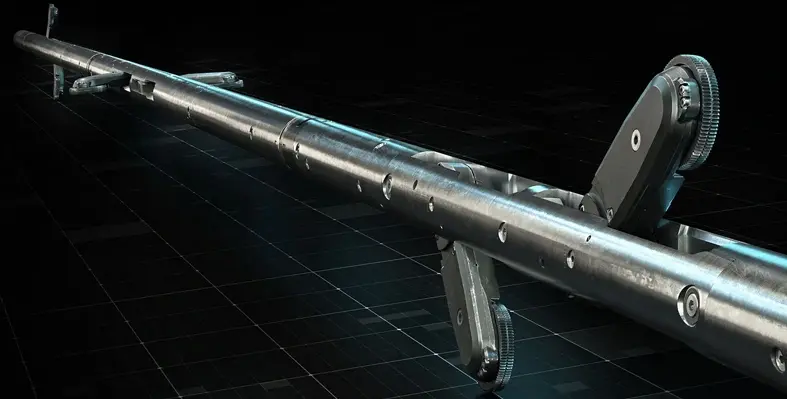
Halliburton has launched the Clear portfolio of electromechanical well intervention technologies and services
This portfolio addresses challenges related to high-angle deployment and includes surface readout telemetry for communication and precise control to deliver differentiated performance. It includes the ClearTrac wireline tractor and ClearCut non-dangerous goods electromechanical pipe cutters. ClearShift high-expansion shifters will also soon be introduced to open and close downhole valves that include barrier isolation devices.
The ClearTrac wireline tractor is an advanced wireline conveyance technology for highly deviated or horizontal wells that require cased-hole logging diagnostics, perforating, and powered mechanical intervention services. It uses an innovative electromechanical drive and real-time telemetry for communication and precise control to deliver unmatched performance compared to pipe-conveyed solutions. ClearTrac wireline tractor achieves speeds from 5 to 125 ft per minute and carries payloads up to 1,000 lbs. with a single-drive section. It provides an economical conveyance solution that acquires data in up-and-down passes. This increases efficiency and reduces the potential for HSE incidents.
The ClearCut service portfolio offers a family of pipe severing tools for a machine shop quality cut without dangerous goods from 2⅜ to 9⅝ in. ClearCut can be deployed on eline or RELAY Digital Slickline and navigate through small restrictions. It cuts outer tubing encapsulated cables in intelligent completions.
With the elimination of explosives and chemicals, ClearCut service provides a safer alternative for complex wireline interventions.
“Our Clear suite of services delivers integrated formation evaluation and intervention solutions to improve production,” said Chris Tevis, Vice President of Wireline and Perforating. “Today's launch of our power mechanical services will enable our customers to intervene in their completions in a more reliable, precise and powerful way.”
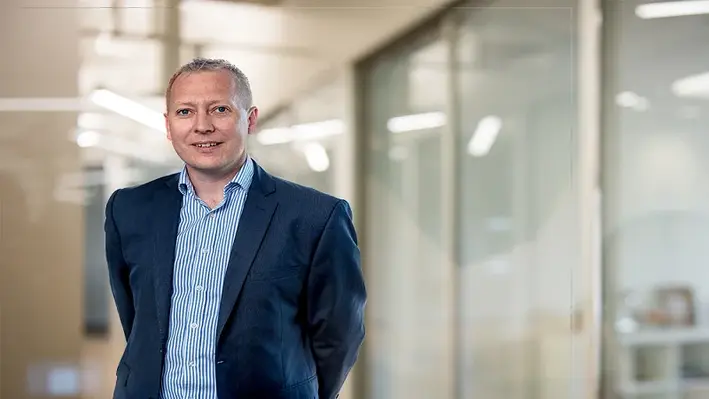
 Offshore engineering solutions provider Aquaterra Energy has launched well re-entry and re-abandonment services along with its new patent-pending recoverable abandonment frame (RAF)
Offshore engineering solutions provider Aquaterra Energy has launched well re-entry and re-abandonment services along with its new patent-pending recoverable abandonment frame (RAF)
The combined solution will address challenges in locating, re-entering and re-abandoning legacy wells that penetrate, or pass through, offshore oil and gas reservoirs or saline aquifers that have been earmarked to be repurposed for carbon dioxide (CO2) or hydrogen storage.
The significant economic and technical challenges of re-abandoning problematic legacy wells that pose a leak risk beneath the seabed could derail many carbon capture and storage (CCS) and hydrogen storage projects, that intend to use previously penetrated oil and gas or saline aquifer formations. Technical challenges such as traditional relief well drilling could be infeasible in shallow intersects or where azimuth and depth are unknown.
Excavation methods require enormous amounts of material to be removed and may also fail to isolate re-abandonment loading from the compromised legacy well, meaning both methods may fall short in addressing technical, environmental, safety, and regulatory issues effectively.
Aquaterra Energy’s solution overcomes these challenges by employing advanced seabed and subsurface surveying technologies, well imaging, marking, and tagging to precisely locate wells. This allows the RAF to adjust to an exact well position and install conduits below the seabed to re-engage the legacy well and then back to the surface to allow for successful re-abandonment via a vertical well re-entry tieback method. Crucially the RAF also protects the legacy well components from environmental, lateral and axial loading generated by wave action on the tieback conduits and the re-abandonment operation itself.
George Morrison, CEO at Aquaterra Energy, said, “The introduction of the RAF and our re-entry services illustrate our strategy of pivoting decades of offshore expertise to address the wider challenges of the energy transition. Our team is committed to innovating and taking on the tough issues, ensuring that carbon and hydrogen storage can be effectively delivered as part of our broader commitment to driving the energy transition forward.”
The technology is intended for repeated use across multiple wells or locations with flexibility built in for differing seabed conditions. Its modular design allows for shipping worldwide or road transport for quayside assembly. This could enable the effective abandonment or re-abandonment of wells that may not have been previously possible, while also significantly lowering costs, saving operators £18-20 million per abandoned well - an estimated 80% reduction in comparison to other methods currently deployed. The approach could also lead to major reductions in project timelines, estimated to be up to 50% quicker per well.
"The RAF and our associated suite of services for legacy well re-entry represents a significant leap forward in abandonment technology," said Ben Cannell, Innovation Director at Aquaterra Energy. "Well re-abandonment for CCS is a new challenge, and our solution has been developed to meet it head-on. By reducing project risk, costs and operational time, we're not only making well abandonment more efficient, but also enabling the viability of carbon or hydrogen storage, as these projects would generally be far more costly or even impossible to deliver."
Aquaterra Energy is currently in discussions with major oil and gas operators and specialist CCS operators in several global regions, including the North Sea and APAC, to deploy their legacy well re-entry services and RAF technology.
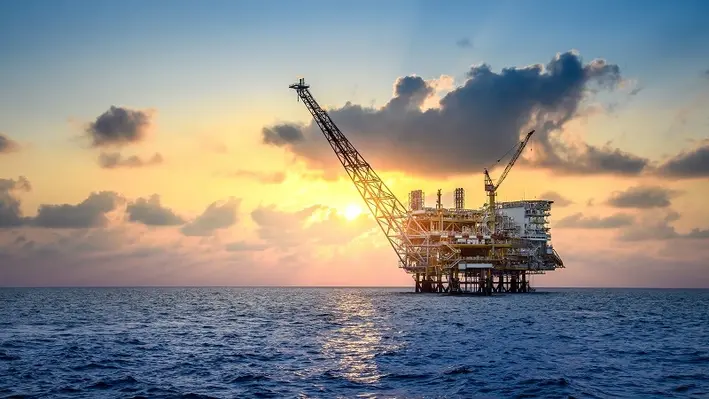
 The UKCS 2024 Wells Insights Report from the North Sea Transition Authority (NSTA) stated there is a huge opportunity to access resources in a timelier, clean and cost-effective way to support the UK’s supply chain.
The UKCS 2024 Wells Insights Report from the North Sea Transition Authority (NSTA) stated there is a huge opportunity to access resources in a timelier, clean and cost-effective way to support the UK’s supply chain.
The report revealed that well intervention is currently able to provide hydrocarbon production at a cost of less than £12/boe, making it a very attractive option in line with today’s oil and gas prices. The report outlines the importance of operators striving to increase their well intervention activity in order to extend the production lifespan of their wells, and to provide a stable flow of work for the UK’s supply chain.
Carlo Procaccini, NSTA Chief Technical Officer, said, “Well intervention work can and does produce impressive results, boosting efficiency and providing cleaner and cost-effective production. We expect that bringing together operators with the supply chain will highlight significant opportunities for everyone.”
In 2023, interventions increased in the Northern North Sea to 102 wells, compared to the 82 in 2022. There has also been an increase West of Shetland where nine wells benefitted from intervention work last year, up from two in 2022. However, Central North Sea, Southern North Sea and the east Irish Sea have experienced a decrease in activity.
To encourage more interventions, the NTSA has already held one-to-one sessions with leading North Sea operators and completed a detailed study of 795 shut-in wells to understand the percentage figure that could be brought back online.
Separately, the report outlined that a total active well stock on the UKCS currently sits at 2,546, down from 2,560 in 2022. The past year has also seen an increase in the number of shut-in wells to an all-time high of 31% of the active well stock (795 wells). While a proportion of these wells could be brought back online, without the necessary investment in infrastructure or downhole interventions, it is more likely these wells will be permanently decommissioned.
In terms of spending, the report highlighted the total exploration and appraisal well spend was UK£571mn, compared to UK£275mn in 2022.

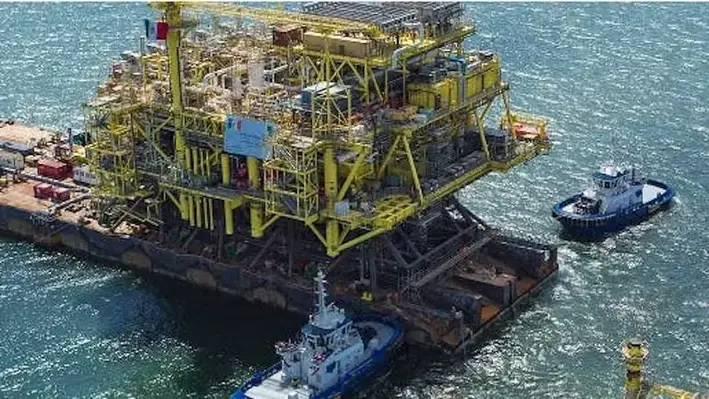 McDermott has announced the safe and successful decommissioning of the Campbell platform and associated offshore infrastructure at the Varanus Island hub in Western Australia
McDermott has announced the safe and successful decommissioning of the Campbell platform and associated offshore infrastructure at the Varanus Island hub in Western Australia
Under a contract awarded to McDermott in January by Santos, the company provided engineering, procurement, removal, and transportation of the platform topsides, substructure, and associated items to an onshore facility for dismantling and disposal.
"The successful removal of the Campbell platform topsides and substructures leveraged our expertise in circular practices and subsea project execution across the energy value chain," said Mahesh Swaminathan, McDermott's Senior Vice President, Subsea and Floating Facilities, McDermott. "This demonstrates our commitment to support clients in tackling complex challenges with creative problem-solving solutions that enable offshore decommissioning efforts and circularity across Australia's energy sector."
The deployment of a custom-built lifting cradle was central to the project's success. Designed and constructed at McDermott's Batam fabrication yard, with engineering support from teams around the world, the lifting cradle was specifically engineered to address the unique complexities of the platform's upper substructure.
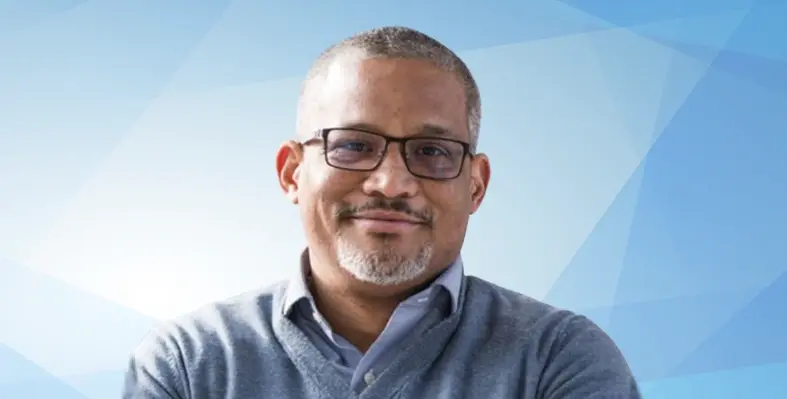
 Archer Well Services has secured a global exclusive license agreement with Raptor Data Limited, enhancing its well integrity and plugging & abandonment (P&A) offerings with innovative technology.
Archer Well Services has secured a global exclusive license agreement with Raptor Data Limited, enhancing its well integrity and plugging & abandonment (P&A) offerings with innovative technology.
This partnership integrates Raptor's advanced wireless acoustic telemetry technologies into Archer Well Services’ well integrity portfolio, significantly improving monitoring capabilities.
Raptor is a UK-headquartered company dedicated to research, design, engineering and manufacture of downhole tools for plug and abandonment. The company's proprietary wireless acoustic telemetry technology is a leader in the market for plug and barrier validation and verification (V&V) and associated workflows for confirming wellbore barrier quality and integrity.
Nicholas Pantin, Executive Vice President of Archer Well Services, said, “Raptor has developed a state-of-the-art downhole acoustic monitoring tool that, with its wireless data broadcasting capabilities, will expand Archer Well Services solutions in the temporary and permanent plug and barriers V&V market, including data transmission of downhole pressure and temperature broadcasted via a wireless acoustic telemetry from below the barrier. This demonstrates Archer’s major commitment to continue improving and managing the placement of reliable well barriers.”
Paul McClure, CEO of Raptor Data Limited UK, said, “I am delighted to announce our partnership with Archer Well Services. Together we complete the strongest offering for well decommissioning in the global market and this positions both companies as leaders of well P&A with a unique set of solutions and workflows for plug and barrier V&V. A combined Archer Well Services – Raptor Data in this space provides unparalleled resources and a technically differentiated global platform to build a scalable high impact business at the cutting edge of technology.”
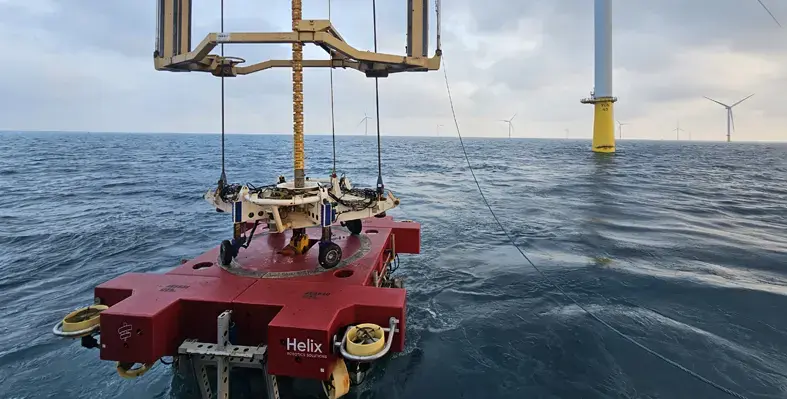
 Helix Energy Solutions Group has announced new three-year vessel charter and service contracts with Petrobras for the riser-based well intervention vessels Siem Helix 1 and Siem Helix 2 working offshore Brazil.
Helix Energy Solutions Group has announced new three-year vessel charter and service contracts with Petrobras for the riser-based well intervention vessels Siem Helix 1 and Siem Helix 2 working offshore Brazil.
Finalised following a competitive tender process, the new three-year contracts are valued in aggregate at an estimated US$786mn, in accordance with Petrobras’ estimated value.
The Siem Helix 2, since 2017, has been performing riser-based well intervention activities for Petrobras in the Santos and Campos Basins, and to date has completed more than 100 well interventions.
The Siem Helix 1 previously worked for Petrobras from April 2017 – July 2021 completing 74 well interventions in the Santos and Campos Basins.
Daniel Stuart, Helix’s Vice President-Commercial, said, “We have built a long and productive working relationship with Petrobras for the last seven years. During this time, we have consistently delivered safe and cost-effective well intervention services to the Brazilian market. These new three-year contracts underscore Helix's commitment to innovation, tailored solutions, and leveraging our extensive global well intervention expertise. These contracts reaffirm our Energy Transition business model, empowering clients to optimise production from their existing assets.”
The Siem Helix 1 and Siem Helix 2 are purpose-built, advanced well intervention vessels capable of performing a wide range of subsea services including production enhancement, well decommissioning, subsea installation, offshore crane and Remotely Operated Vehicle operations, offshore construction, and emergency response.

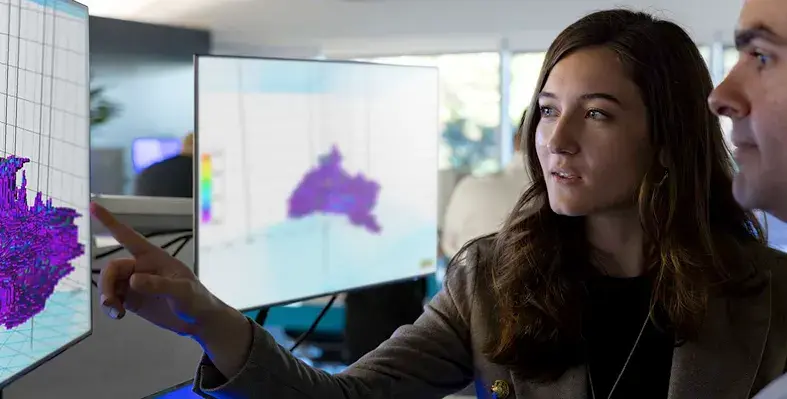 SLB has launched a well integrity assessment solution for carbon storage developers to quantify the risks associated with wells at prospective storage sites with previous drilling activity.
SLB has launched a well integrity assessment solution for carbon storage developers to quantify the risks associated with wells at prospective storage sites with previous drilling activity.
Since carbon capture, utilisation and storage (CCUS) provides one of the most immediate opportunities for reducing emissions, establishing secure storage sites is essential to enable the growth of a low carbon energy ecosystem. SLB’s new methodology for quantifying the probability and potential impact of carbon leakage helps customers understand the risks associated with each well, informing remediation strategies and ultimately estimating the project's long-term viability.
“The significance of the risks associated with each well and the costs of remediation to mitigate leakage risks can make a project economically unfeasible,” said Frederik Majkut, Senior Vice President of Industrial Decarbonisation, SLB. “By addressing potential well integrity issues early in the development process, SLB’s well integrity assessment solution can help storage developers avoid costly delays or operational disruptions, and drive companies toward their net zero ambitions.”
There are several prospective carbon storage sites that can be found in either mature or retired oil and gas fields. Having a large number of wells at a site can increase the risk of potential leakage pathways for the stored carbon.
The new tool by SLB incorporates advanced failure mode effect and criticality analysis (FMECA) to assess potential leakage pathways, well barrier, failure mechanisms and resulting consequences. Using advanced multi-physics 3D modeling, SLB can assess the volume and flow rates of brine and carbon leakage over time to better estimate risk.

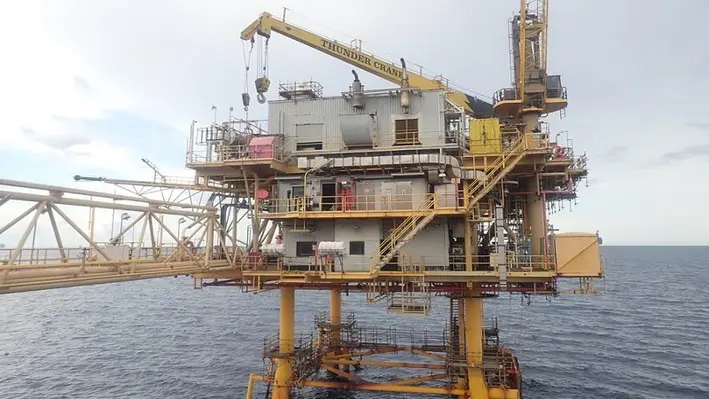
Thunder Cranes, a leading provider of portable, modular, offshore rental cranes with a lift capacity ranging from 2 to 0 tons, has published a case study outlining a successful decommissioning project it helped facilitate in the Gulf of Thailand.
The company was originally engaged by Chevron Thailand to assist in the removal of modules from the topside of a production platform located in the Gulf. This was scheduled prior to the removal of the entire well-head platform by a heavy barge crane. Removing the modules would sufficiently reduce the overall platform weight to within the capacity of the intended barge crane.
The objective of the client was a reverse-installation and backloading of various modules to supply vessel for disposal or recycling and the existing platform crane capacity and reach radius was not sufficient for the project.
Located on the top deck there were 14 large components weighing between 10 to 40 tons, as well as a number smaller components of various weights below 10 tons.
Thunder Cranes proposed the TC90 modular rental crane which has a maximum capacity of 50MT for offboard lifts and this was accepted as the best solution from the viewpoint of ensuring safe, static lifting. Cost and time savings were also to be expected.
According to Thunder Cranes, there were a number of unique challenges that had to be incorporated into the detailed planning of the decommissioning operation. This included the limited space on the platform for rigging up as well as no exposed beams on which the company could apply the TC90 clamping system. To meet this, welding with dog plates was required to tie down the modular crane and this was implemented safely and without issues. In addition, due to limited space on the platform deck, the supply vessel was on standby within reach of the platform crane, allowing the rig up and rig down of the TC90 crane on the fly.
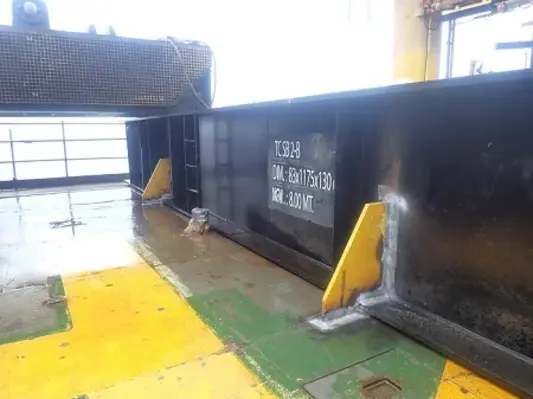
Another hurdle was that some of the larger modules at the limit of the TC90 reach radius did not have verified weight information. As a result, a decision had to be made on whether to reposition the crane for those lifts or whether to disassemble and breakdown down those modules into smaller components. Upon further study it was concluded that the best way forward was to breakdown some of the modules. In addition, Thunder Cranes deployed its most experienced lifting superintendent on site to supervise the most critical lifts.
In order to ensure all the challenges were sufficiently dealt with and the company was able to carry out the project effectively, rigorous planning and assessments were undertaken and actioned. Thunder Cranes’ process for this starts with a thorough assessment of the client’s lifting requirements, platform drawings, general specifications, and project timelines. A site visit is then conducted to verify that an appropriate and practical solution can be proposed.
Its proposal and quotation come with a Site Visit Report to clearly communicate the proposed method with drawings and photos.
After the proposal is given the green light, Thunder Cranes begin the detailed planning stage where it collaborated with the client to customizs elements of the project in terms of materials, equipment, third party services, utilities, scaffolding, etc. Customisation can include any platform modifications if needed, or any re-positioning, or removal of elements from the main deck of the platform.
The company’s modular crane configuration is customised to meet specific needs with regards to the tied down method, boom reach radius, zone rating, or any other safety or environmental considerations.
The next step included engineering work pack submission to the client addressing the specific scope of work and lifting requirements, featuring detailed considerations from the site visit, with comprehensive rig up and lifting plans, customised layout and positioning drawings, as well as reaction force calculations needed to conduct a structural analysis.
Pre-mobilisation planning included risk assessment/hazard identification, and alignment sessions were conducted for offshore personnel to ensure safe and efficient operation of the modular cranes.
For other projects, dependent on location, the preparation and deployment of the modular cranes and auxiliary equipment might begin months ahead to ensure cranes are at the load out port and ready to be transported to the offshore site and assembled according to the pre-planned schedule and project configuration.
According to Thunder Cranes, the project objectives were met successfully to the client’s satisfccation and within schedule. There were no incidents or hinderances recorded during the project which followed a timeline of:
• Load out from port and sailing to platform via supply boat.
• Platform crane lifts TC Modular Crane components to platform for rig up.
• Welding base beam and complete rig up of TC90.
• Inspection and load testing TC90.
• Commence lifting operations.
• Stop operation during heavy monsoon weather.
• Resume lifting operations.
• Rig down TC90 and demob.
By removing the production modules, the overall platform weight was reduced to be within the capacity of the heavy lift vessel which was able to remove the topside and structure in one lift. This marked another successful project carried out by Thunder Cranes.
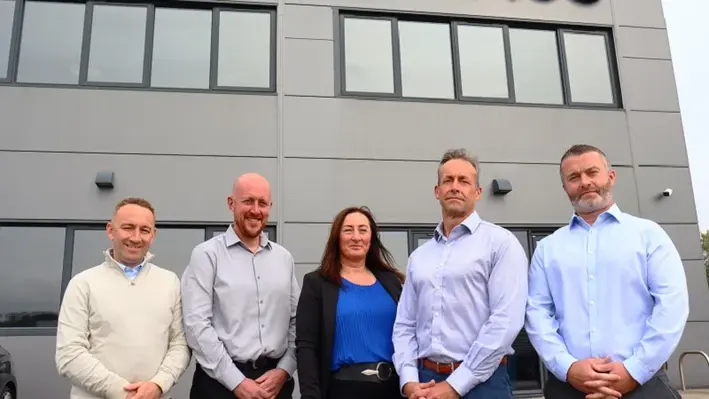

Oilenco Ltd, a leading provider of specialised well intervention solutions and services, has announced a series of promotions and new roles to its top team as it seeks to expand its global reach and begin the next phase of its journey.
One of the primary changes to the company’s structure will be the appointment of Blair McCombie to the position of Managing Director. Having joined the company as an operations director in 2017, McCombie has been instrumental to the growth of the organisation, its increase in revenue year-on-year, and the almost doubling of its workforce in the last two years. Now, McCombie is tasked with leading the company onto new horizons, and will oversee its overall performance and future direction.
In undertaking this sizeable task, Oilenco has ensured McCombie is well supported with a number of further key appointments. This includes the promotion of Davie Nicoll to the role of Buiness Director for Africa; the introduction of Graham Masson as Business Director for UK and Europe earlier this year; and the transition of Warren Ackroyd, Owner and previous Managing Director of the company, to the new job of Technical Director. Kim Ackroyd will continue her role as Finance Director, completing a formidable, experienced lineup that will focus on implementing strategies for regional growth and create a strategic focus on driving innovation.
“As well as expanding our global reach, one major component of growth is investment in developing our product portfolio through enhancing our existing products as well as new product development,” remarked Blair. “With Warren’s invaluable expertise and a dedicated team under his direction, we are able to listen to our clients, creating solutions that meet their needs, as well as the needs of the global well intervention and P&A industry.
"The knowledge, experience, and creativity of the Oilenco team is what sets us apart and allows us to provide reliable, high-quality solutions and services. Since starting with the company, I have seen a shift to a more service-led environment, where clients rely on a variety of services including design, manufacture, redress, refurbishment, product rental and training, all within Oilenco’s capabilities and areas we will continue to develop. As we celebrate 15 years this year and we kick-start our next chapter, I am delighted to become managing director, leading the company in the next phase of its journey.”
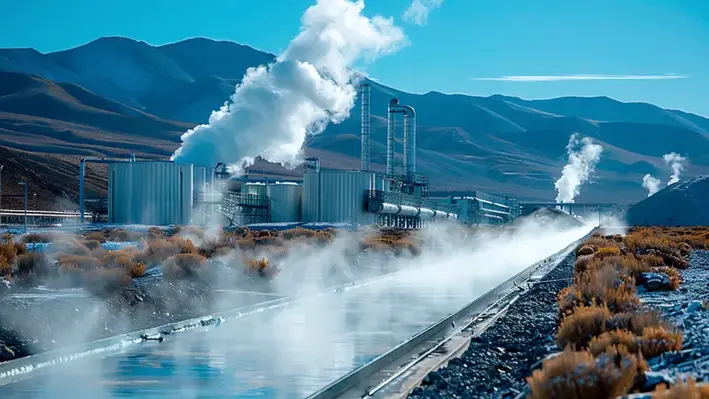
 Geothermal baseload and energy storage company, Sage Geosystems Inc, announced Christine, Texas, as the location for a 3MW Geopressured Geothermal System (GGS) energy storage facility after entering into a land use agreement with San Miguel Electric Cooperative Inc.
Geothermal baseload and energy storage company, Sage Geosystems Inc, announced Christine, Texas, as the location for a 3MW Geopressured Geothermal System (GGS) energy storage facility after entering into a land use agreement with San Miguel Electric Cooperative Inc.
Set to be established later in the year, near the SMECI lignite coal power plant, the EarthStore facility will utilise the earth's natural capacity for energy storage to produce clean, sustainable, and dispatchable electricity on demand. This technology offers a reliable and resilient power source that is independent of weather conditions and not reliant on wind or sunshine.
“Once operational, our EarthStore facility in Christine will be the first geothermal energy storage system to store potential energy deep in the earth and supply electrons to a power grid,” said Cindy Taff, CEO of Sage Geosystems. “Geothermal energy storage is a viable solution for long-duration storage and an alternative for short-duration lithium-ion batteries. Electric utilities and co-ops like SMECI, will be able to use our technology to complement wind and solar, and stabilize the grid.”
The facility will use Sage’s proprietary technology to store energy, targeting 6-to-10-hour storage durations and delivering a round-trip efficiency (RTE) of 70-75%. In addition, water losses are targeted to be less than 2%. At scale, this energy storage system will be paired with renewable energy to provide baseload and dispatchable power to the electric grid. When combined with solar power, the facility will enable round-the-clock electricity generation at a blended Levelized Cost of Energy (LCOE) well under US$0.10/kWh.
Craig Courter, CEO, SMECI, said, “Long-duration energy storage is crucial for the ERCOT utility grid, especially with the increasing integration of intermittent wind and solar power generation. We are excited to be part of this innovative project that showcases the potential of geothermal energy storage.”
Sage will operate as a merchant, buying and selling electricity to the ERCOT grid.
Sage will be applying for two drilling permits in Texas. The first permit is in Atascosa County for the EarthStore facility in Christine and the second permit is in Starr County, adjacent to the company’s existing test well.
Page 44 of 111